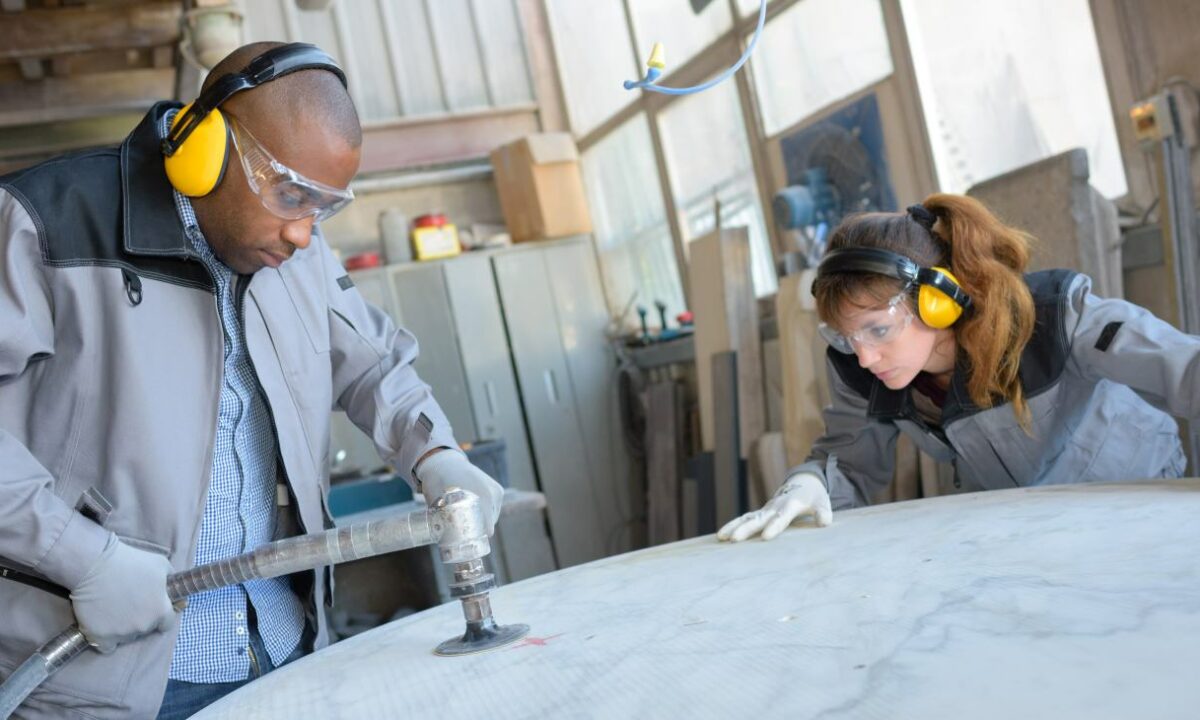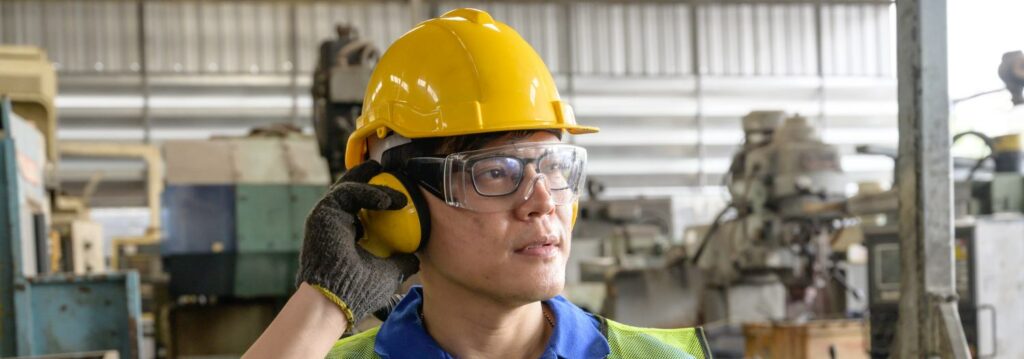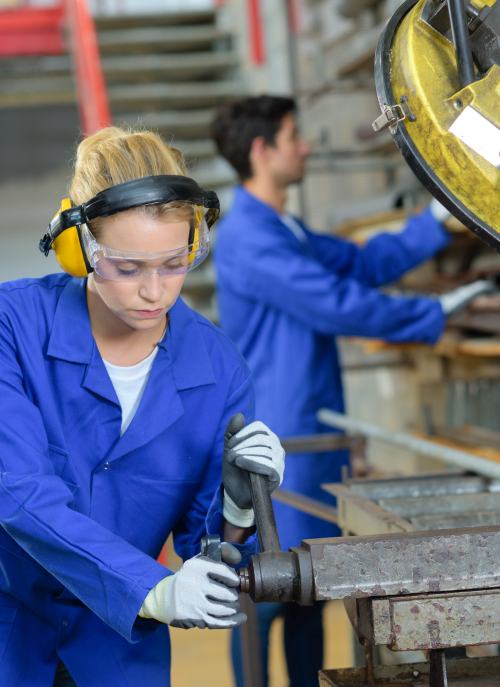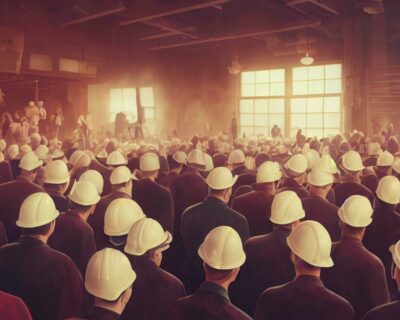
Noise Hazards in the Workplace
Noise hazards will erode hearing overtime. This takes so much time, we rarely feel it. That may be why we don’t notice hearing loss as quickly as other afflictions.
This lack of awareness needs to change, because hearing loss can render us physically impaired forever. An impairment that can leave us socially isolated and lead to many obscure problems later in life.
In this Article:
- What is Considered a Noise Hazard?
- Common Noise Hazards
- Health Complications of Noise Hazards
- Reducing Noise Hazards
What is Considered a Noise Hazard?
EHS experts agree on many things, one being a workplace should not expose personnel to sound levels in excess of 84 dB for any length of time long enough to potentially harm their hearing. To be more specific, an employee’s noise exposure level cannot exceed 84 dB (on average) for 16 hours out of a 24-hour period. If this limit is exceeded, the employer is responsible for taking all required precautions to safeguard employees’ hearing.
There are various methods for precisely measuring noise levels, however, it is also rather simple to “guesstimate.” If two people standing three feet apart have to raise their voices to be heard, the ambient noise level is probably too high. When this occurs, safety measures should be implemented. Whether the safety measures are ear plugs, noise guarding, or isolating systems, they are required.
Common Noise Hazards
Let’s face it, modern industry is noisy. If you’re at a construction site, or a metal shop, it’s nearly impossible to escape the constant grinding and cutting sounds. Sometimes even a fork lifts reverse bell can be a noise hazard, as ironic as that is.
To put things in perspective, the human voice can harm hearing. So just think, if anything is slightly over normal speaking volume, then prolonged exposure can cause hearing loss.

Health Complications of Noise Hazards
The inner ear nerve endings die when exposed to loud noise. Increased dead nerve endings will happen with more exposure. As a result, there is a permanent loss of hearing that cannot be treated with surgery or medication. Your capacity to hear high frequency noises and comprehend speech is severely hampered by noise-induced hearing loss, which also substantially affects your ability to communicate. And although they may be helpful, hearing aids cannot fix all your hearing problems.
Hearing problems are debilitating and isolating. Hearing loss can cause social, psychological, and physical complications. The following are some potential health problems that might result from protracted exposure to a noise hazards:
- hearing loss
- inability to focus
- disrupted sleep
- stress and anxiety
- isolation
- irritation
- exhastion
When you can’t hear well, you feel excluded from conversations, movies, and many other aspects of our social lives. Not to mention, if you’re constantly trying to discern speech rather than hearing it right the first time, your brain has to work 100% harder just to feel included. This is exhausting for everyone involved.
Reducing Noise Hazards
Reducing noise is circumstantial. And many have to employ several of these tactics to achieve safe levels:

- Isolating Equipmentor Machinery
- Awareness Training
- Providing Personal Protective Equipment (PPE)
- Routine Maintenance
- Moving Workstations
- Machine Guarding
- Sound insulating
Often, companies will implement sound dampening wherever possible. Yet some machines need to exhale, and that heat needs to dissipate naturally, so wrapping something in as much insolation as possible is hardly a solution.
Isolating Equipmentor Machinery
In ideal setups, we see generators and compressors isolated in their own room. So anyone who needs to access them can do so without the noise reverberating through the entire shop. These rooms also can have their own ventilation, solving other issues and even heat problems that affect team members and slow production.
However, this is ideal. Everythings circumstantial, sometimes machine guarding is all that’s required to reduce the noise hazard to reasonable levels. Sometimes machine guarding can channel sound or reflect it in such a way that it creates a hazard at another workstation. So thorough testing and adjustments are key.
When Nothing Works There’s Always PPE
Sometimes you just need PPE. Jackhammers, for instance, are loud no matter what you do. That’s why you’ll see many operators using both inner ear plugs and ear muffs together. This layered strategy has two benefits. For one, the muff blocks the ear completely from the sound being channelled inward. Two, the ear plug maintains a seal where the ear muff fails. We use this tactic in multiple settings today, after-all, heavy industry can be graceful, but it’s generally loud.
Training
Last but not least, we need to elaborate on awareness training. It’s really difficult to see the danger in chronic health problems when you’re 21 years old. That’s where awareness training comes in. Training can give clear examples of hearing loss and subsequent implications.
Awareness banks on the assumption most people will look out for their own well-being while at work. Which works pretty well. People are very receptive to facts when it comes to their future. All you need to do is show them examples of consequences. This encourages them to stand slightly away from a hazard, frequently wear PPE, or implement their own strategies. This is far more powerful than just telling someone to wear earplugs.


























